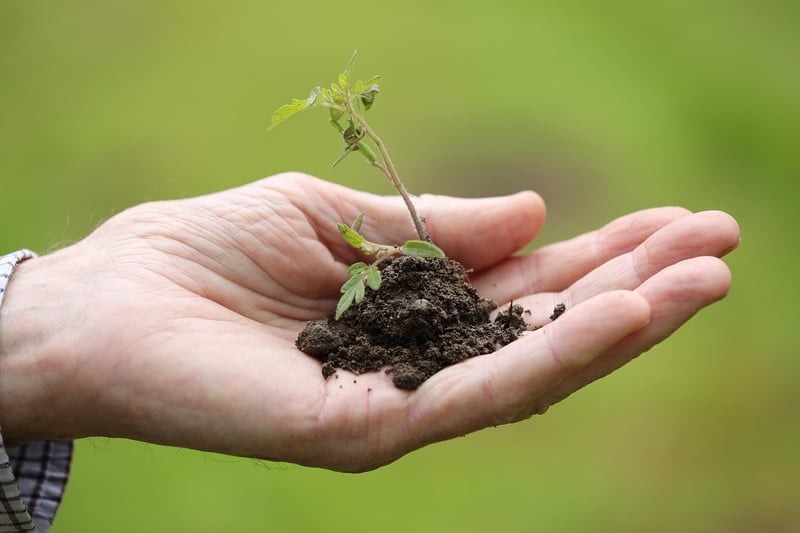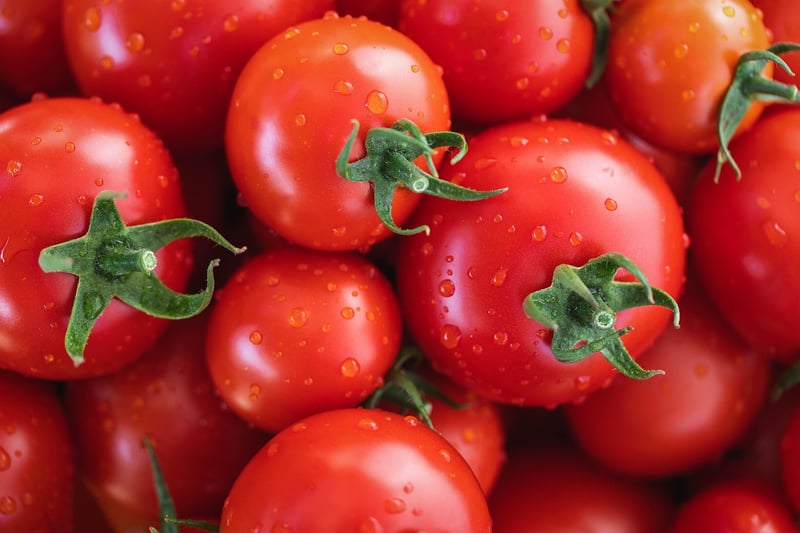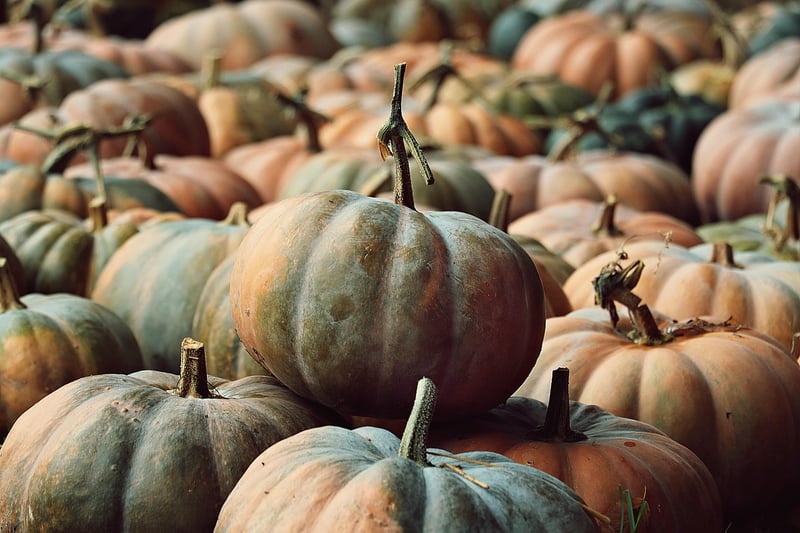Vegetable patches
Vertical Gardening: How to Grow Your Own Food Vertically
Vertical gardening is a space-saving and efficient way to grow your own food at home, especially if you have limited horizontal space. By utilizing vertical space, you can maximize your growing area and cultivate a variety of vegetables, herbs, and fruits. In this guide, we'll explore the benefits of vertical gardening and provide tips on how to get started.
The Benefits of Vertical Gardening

- Maximize Space: Vertical gardening allows you to grow more plants in a smaller area, perfect for urban dwellers or those with limited backyard space.
- Improved Drainage: Vertical planters provide excellent drainage, preventing waterlogging and promoting healthy root growth.
- Enhanced Aesthetics: Vertical gardens can add beauty to your home, balcony, or patio, creating a green oasis in small spaces.
- Easy Maintenance: Vertical gardens are easier to access and maintain, reducing the need for bending or kneeling while gardening.
Getting Started with Vertical Gardening
Here are some tips to help you start your own vertical garden:
- Choose the Right Location: Select a spot that receives adequate sunlight for your plants to thrive.
- Select the Right Plants: Consider the sunlight requirements and space constraints when choosing plants for your vertical garden.
- Use Vertical Planters: Invest in vertical planters or create DIY options using repurposed materials like pallets or PVC pipes.
- Provide Proper Support: Ensure that your vertical garden structure is sturdy and can support the weight of the plants and soil.
- Water Regularly: Vertical gardens may require more frequent watering, so check the moisture levels regularly to keep your plants healthy.
Popular Vegetables for Vertical Gardening

Some of the best vegetables to grow in vertical gardens include:
- Tomatoes: Ideal for vertical trellises or cages, tomatoes thrive in sunny locations and can be trained to grow vertically.
- Cucumbers: Cucumbers are vining plants that do well in vertical gardens, producing fresh and crisp fruits for salads.
- Peppers: Bell peppers and chili peppers are excellent choices for vertical gardening, adding color and flavor to your dishes.
- Beans: Pole beans are climbers that work well in vertical gardens, providing a bountiful harvest throughout the season.
- Herbs: Herbs like basil, mint, and parsley are perfect for vertical planters, offering fresh flavors for cooking.
With vertical gardening, you can enjoy a bountiful harvest of fresh produce right at your fingertips. Whether you're a beginner or experienced gardener, vertical gardening offers a creative and practical solution for growing your own food.
Start your vertical garden today and experience the joys of harvesting homegrown vegetables, herbs, and fruits in a compact and sustainable way!
